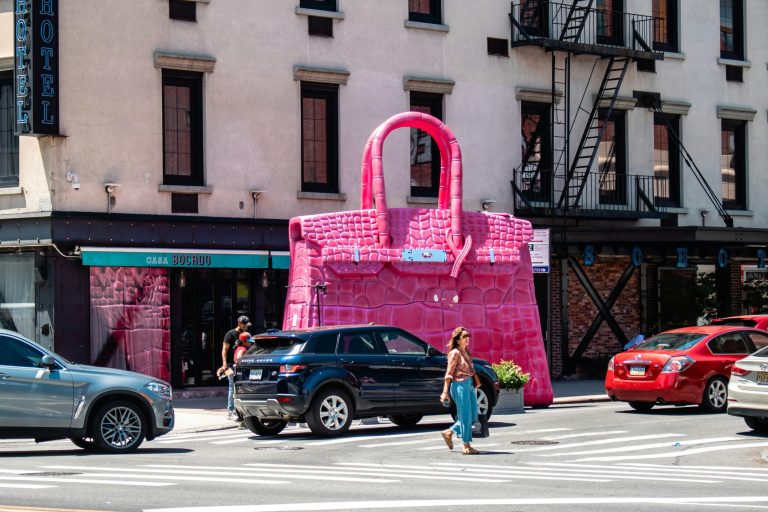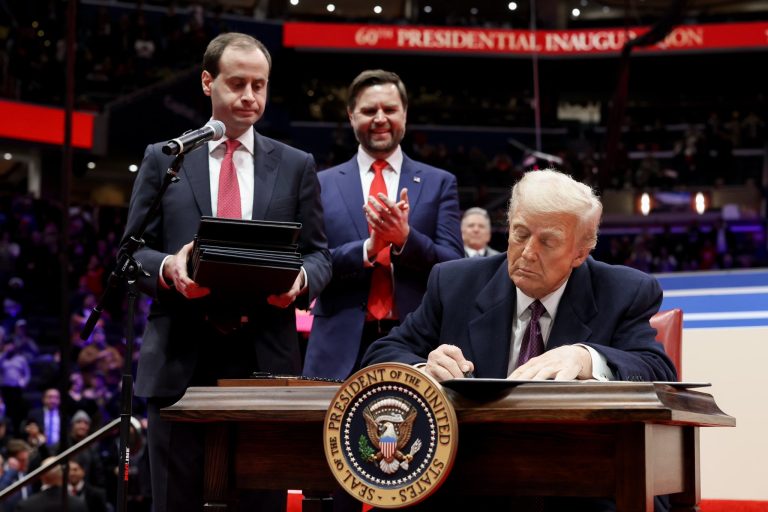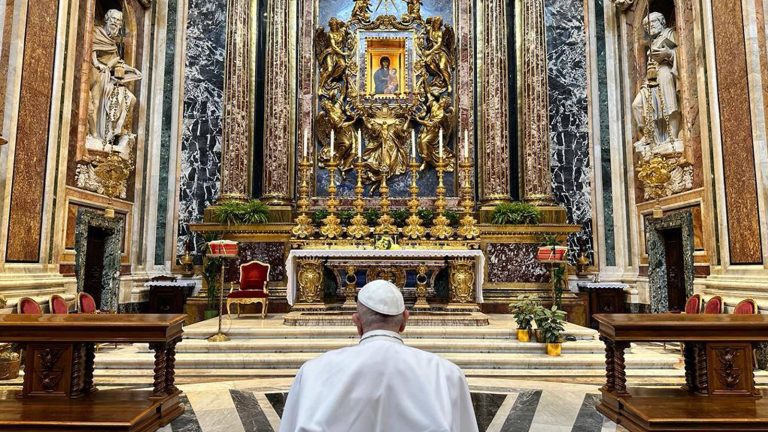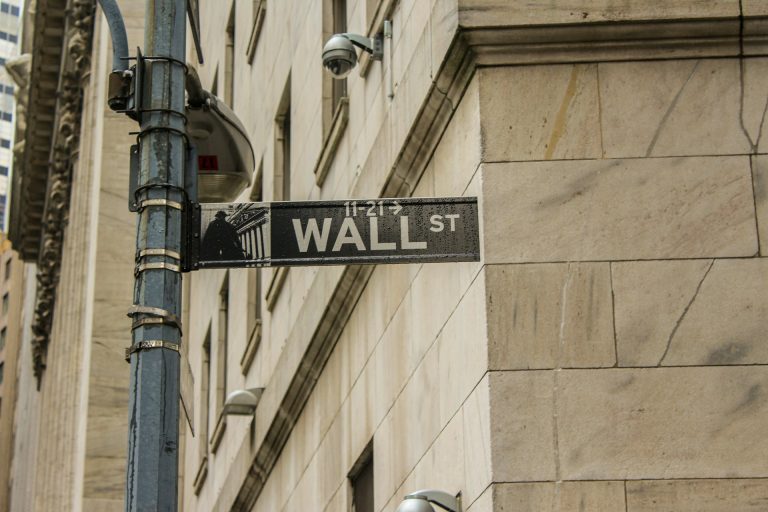A dramatic decline in cocoa production owing to bad weather and disease in West Africa caused prices to skyrocket, putting pressure on European chocolate makers and raising prices for consumers worldwide.
Despite this scenario, a Statista report shows that after three years of deficits, the tide may finally be turning.
In late February, the International Cocoa Organisation (ICCO) forecasted a probable excess for the 2024/2025 harvest.
This might signal a significant shift in the global cocoa market, reducing pressure on both farmers and buyers.
Why did cocoa prices soar?
The 2023/2024 cocoa harvest was dealt a one-two punch. First, a particularly wet rainy season affected harvests in important West African regions.
Then, a viral illness called the swollen shoot virus wreaked havoc on crops.
Côte d’Ivoire and Ghana, the world’s two largest cocoa producers, were notably hit.
These two countries produce roughly half of the world’s cocoa.
As a result, cocoa prices reached multi-year highs, upsetting the worldwide chocolate supply chain.
European companies, which import and process the majority of the world’s cocoa, faced the brunt of the consequences. Consumers also observed price increases on grocery shelves.
West Africa: the heart of global supply
Africa today produces the vast majority of the world’s cocoa.
Just four West African countries account for about 65% of global cocoa production: Côte d’Ivoire (38%), Ghana (12%), Nigeria (7%), and Cameroon (7%).
Over 70% of worldwide cocoa production is concentrated on the continent, with West Africa at the centre.
Africa produced over 3.1 million metric tons of cocoa beans during the 2023/2024 season.
Côte d’Ivoire alone provided over 1.8 million tons, solidifying its status as the world’s top cocoa producer by far.
The region’s pivotal role in the global cocoa economy makes it a high-risk, high-impact zone. When harvests fail here, the entire world feels it.
South America, on the other hand, is a secondary source of cocoa. Ecuador generates 10% of the global total, whereas Brazil contributes approximately 4%.
These figures, while significant, are insufficient to compensate for West African shortages in low harvest years.
Where beans become billions
Cocoa beans are typically processed near their source or in major import hubs once they have been harvested. The Netherlands and Côte d’Ivoire are the world’s top cocoa processors.
In 2022/23, Côte d’Ivoire processed over 793,000 tons, whereas Europe as a whole processed nearly 1.4 million tons in 2023.
Mars Wrigley Confectionery was the global market leader in terms of net sales, with $22 billion.
Ferrero Group and Mondelēz generated more than $10 billion, demonstrating the magnitude and competitiveness of the chocolate sector.
What’s ahead for the world’s cocoa production?
The ICCO’s new estimate of a surplus for the 2024/2025 season encourages cautious optimism.
If the harvest goes as planned, global supply could stabilise and prices may begin to recover to normal levels.
This would be welcome news for European chocolate makers after a year of unpredictable costs and supply chain turmoil.
However, experts caution that the cocoa market remains weak. Climate change, disease, and supply chain disruptions continue to jeopardise stability.
Diversifying sourcing and investing in more sustainable farming practices could be critical to safeguarding the industry against future shocks.
The post Is the cocoa crisis over? West African harvests signal sweet relief for 2025 appeared first on Invezz










